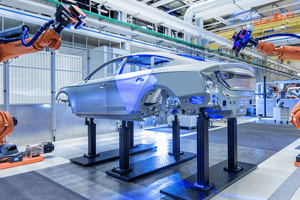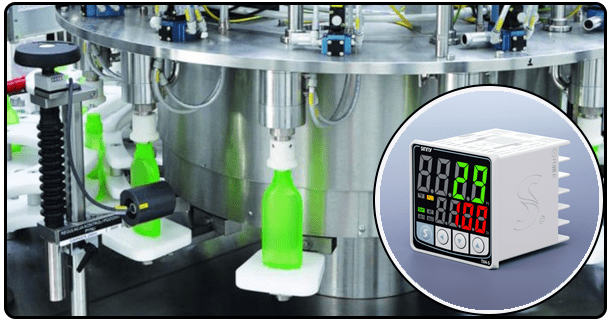How to program a PID temperature controller
Learn how to program PID temperature control step by step. Understanding the components, wiring and tuning PID for accurate temperature control is important.
1. Introduction
This guide walks you through all the complexities of programming a temperature controller PID, providing actionable insight for both beginners and experts.
2. Understanding PID Control
Understanding how a PID controller works is crucial to programming it effectively. Three key components make up a PID temperature controller:
Proportional: Calculates the output response in relation to the error.
Integral (I): Addresses cumulative errors over time, ensuring long-term accuracy.
Derived (D) : Responds to rate of error change, preventing abrupt fluctuations.
3. Required Components
The following are required to set up a PID controller and program it:
PID controller: Primary device for temperature regulation.
Provide electricity for the system: Provide power to the system.
Microcontroller Optional: Devices such as Arduino can be used for more advanced customization.
These components will allow you to build a PID system that is fully functional.
4. How to wire the PID controller
Wiring is an important step when setting up a temperature control PID. This is a simple overview.
Connecting the temperature sensor: Connecting the thermocouple (or RTD) to the designated sensor input of the PID controller.
Safety Measures: Use relays and isolation devices to protect your system from electric hazards.
The system will function correctly and efficiently if the wiring is accurate.
5. PID Controller Programming
The following steps are involved in programming the PID temperature control:
Enter the desired temperature (Setpoint). Type in the target temperature that you want to maintain.
Set PID parameters: Modify the integral, proportional and derivative values to achieve optimal performance. Most controllers have automatic tuning options.
Optimize and Test: Start the system to observe performance. To minimize lag or overshooting, fine-tune your PID settings.
The controller can maintain a stable temperature by using effective programming, which improves the overall efficiency of the system.
6. Application of PID Temperature Controls
The PID temperature control is versatile, and can be used for a wide range of industries. The following applications are possible:
Industrial Ovens : Consistent temperatures for baking and curing.
HVAC Systems: Maintaining comfortable indoor environments.
Medical devices: Regulation of temperatures in sterilizers and incubators
Laboratory equipment: Precision temperature control for experiments
Food Processing: Managing heat during cooking, freezing, or fermentation.
PID Controllers are essential tools for many industries because of their adaptability.
7. Troubleshooting
Maintenance and troubleshooting are necessary for even the most advanced systems. Some of the most common problems and solutions are:
Unreliable temperature readings: Replace damaged sensor components and check the connections.
Performance Inconsistent: Re-examine and adjust PID parameters.
Overheating and Cooling Fault: Check the power supply, heating/cooling elements for any faults.
Maintenance, including cleaning the sensors and checking the wiring, is essential to the reliability and longevity of your system.
- 220V Digital PID Temperature Controller:Precision in Temperature Control
- Comprehensive guide to programming the Universal PID Banbitebq temperature control






















